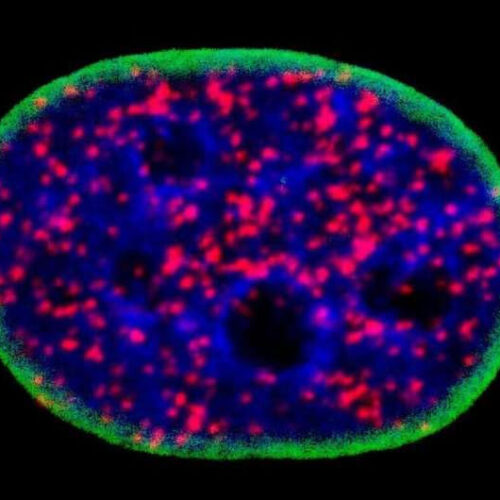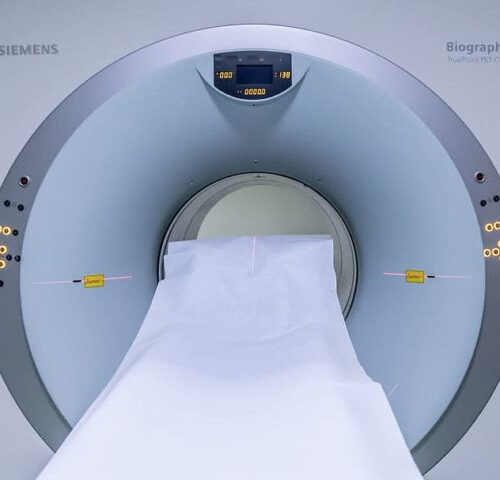Tiny circles of DNA harbor cancer-associated oncogenes and immunomodulatory genes promoting cancer development. They arise during transformation from pre-cancer to cancer, say Stanford Medicine-led team. Tiny circles of DNA that defy the accepted laws of genetics are key drivers of cancer formation, according to an international study led by researchers at Stanford Medicine. The circles called extrachromosomal...
Tag: <span>cancer drivers</span>
Unexpected link between most common cancer drivers may yield more effective drugs
Two of the most common genetic changes that cause cells to become cancerous, which were previously thought to be separate and regulated by different cellular signals, are working in concert, according to new research from the University of Wisconsin–Madison. To date, researchers have focused on finding drugs that block one or the other to treat cancer. Understanding...
Unexpected link between most common cancer drivers may yield more effective drugs
by Chris Barncard, University of Wisconsin-Madison Outlined in green, this nucleus of a cancerous cell contains DNA in blue and red blobs marking the cell’s p53 protein binding with parts of the Atk cellular signaling pathway, a partnership that will prevent the cancerous cell from dying as it should and instead prolong its life and...
A new class of CAR T cells targets previously untargetable cancer drivers
Focusing on neuroblastoma, researchers from the Perelman School of Medicine and Children’s Hospital of Philadelphia have harnessed the immune system to destroy tumors. In a major step forward for the treatment of aggressive solid cancers, researchers from Penn’s Perelman School of Medicine and the Children’s Hospital of Philadelphia (CHOP) have developed a novel cancer therapy that targets proteins inside...


